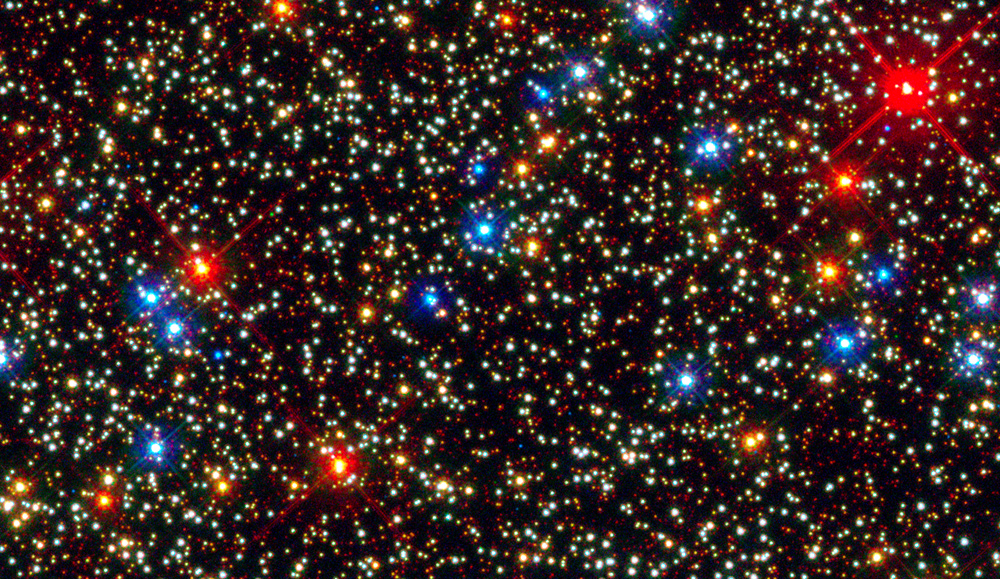
Listen to this audio podcast about the Life Cycle of a Star Transcript of Podcast
Welcome to the Amazing Lives of Stars
Stars are birthed in stellar nurseries composed of clouds of hydrogen and helium gas and dust. These clouds are called nebulae and they support the conditions necessary to begin a star's life cycle. Gravity plays a central role in star formation as the particles of gas and dust begin to clump together around a central region. The density and temperature at the center reach a critical point which results in kickstarting the process of nuclear fusion.
There are many stars which never make it to the critical mass and temperature required to begin nuclear fusion. A failed star which is not able to sustain nuclear fusion is called a brown dwarf.
Young stars are bluish in color and are very hot. They will go on to spend the majority of their lives in a phase called the main sequence. During this period in a star's life it is fusing hydrogen to helium and fighting a battle to maintain equilibrium; that is keeping a balance between the outward pressure from the gas and heat and the inward pull of gravity.
Once the star fuses all of its hydrogen, it will begin fusing helium and then carbon. Eventually a star will begin fusing iron and come to the end of its life. Depending on the mass of the star, its life could end in several different ways. A smaller mass star, such as our sun will end its life as a white dwarf while larger mass stars will explode in a supernova and end as a black hole or a neutron star.